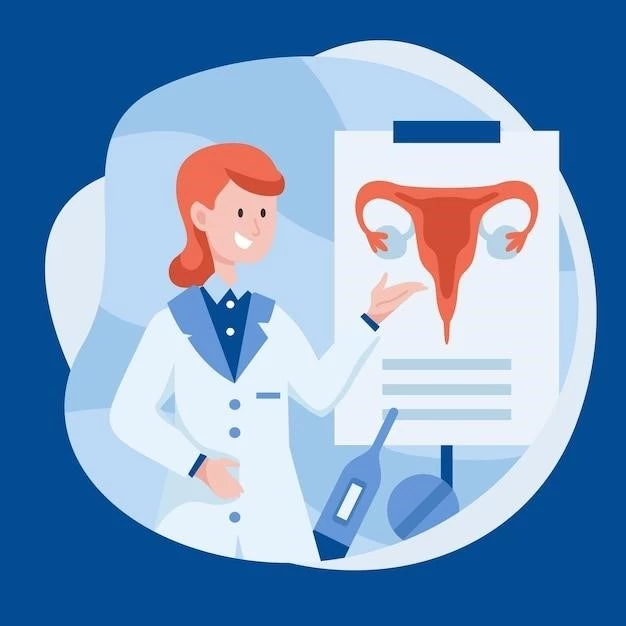Introduction to Ovarian Insufficiency due to FSH Resistance
Primary ovarian insufficiency (POI) is defined as primary or secondary amenorrhea before the age of 40 with hypoestrogenism and serum follicle-stimulating hormone (FSH) levels above 40 mIU/ml. Resistant ovary syndrome (ROS) is proposed as a special form of POI characterized by the hypersecretion of gonadotropins (Gns), the presence of normal primordial follicles in ovarian tissue.
Definition of Primary Ovarian Insufficiency (POI)
Primary ovarian insufficiency (POI), also known as premature ovarian failure, refers to the cessation of ovarian function before the age of 40. It is characterized by menstrual disturbances, elevated follicle-stimulating hormone (FSH) levels (>25 IU/L), and decreased estradiol levels. This condition can result from various factors such as follicle-stimulating hormone receptor mutations, abnormal gonadotropin signaling, or autoimmune issues.
Pathogenesis of Resistant Ovary Syndrome
Growth hormone deficiency can impact normal ovarian function by causing delayed puberty; Recent studies have indicated that inactivating mutations in the FSH receptor can lead to premature ovarian insufficiency with resistant ovary syndrome.
Role of FSH Receptor Mutations in POI
Studies have shown that inactivating mutations in the follicle-stimulating hormone (FSH) receptor can lead to primary ovarian insufficiency (POI) with resistant ovary syndrome. These mutations can cause hypergonadotropic hypogonadism with disturbed gametogenesis, impacting the normal ovarian function significantly.
Impact of Growth Hormone Deficiency on Ovarian Function
Growth hormone deficiency can affect ovarian function by leading to delayed puberty and influencing the normal development of the ovaries. Recent research has indicated the correlation between growth hormone insufficiency and its impact on the ovarian function, highlighting the importance of understanding this association in the context of resistant ovary syndrome.
Clinical Features of Resistant Ovary Syndrome
Resistant ovary syndrome (ROS) presents with normal sex characteristics, regular ovarian reserve, elevated endogenous gonadotropin levels, and low estrogen levels leading to primary or secondary amenorrhea. The syndrome poses challenges to women’s reproductive health.
Normal Sex Characteristics and Ovarian Reserve
Resistant ovary syndrome (ROS) typically presents with normal sex characteristics and ovarian reserve despite irregular menstrual cycles. The syndrome is characterized by elevated endogenous gonadotropin levels and low estrogen levels, leading to primary or secondary amenorrhea.
Elevated Endogenous Gonadotropin Levels and Low Estrogen Levels
Resistant ovary syndrome (ROS) is characterized by elevated endogenous gonadotropin levels and low estrogen levels, resulting in primary or secondary amenorrhea. The imbalance in hormone levels contributes to the disruption of ovarian function and menstrual cycles, impacting women’s reproductive health.
Various factors contribute to the genetic etiology of resistant ovary syndrome (ROS), including inactivating mutations in the FSH receptor (FSHR) gene. These mutations can lead to primary ovarian insufficiency with ROS, impacting ovarian function and reproductive outcomes in affected individuals.

Genetic Etiology of Resistant Ovary Syndrome
The genetic etiology of resistant ovary syndrome (ROS) includes inactivating mutations in the follicle-stimulating hormone receptor (FSHR) gene. These novel compound heterozygous variants in FSHR have been identified in individuals with primary ovarian insufficiency, specifically contributing to the development of resistant ovary syndrome.
Functional Characterization of FSHR Mutations in Chinese Han Families
The genetic etiology of resistant ovary syndrome (ROS) in Chinese Han families involves the investigation of FSHR mutations. Through whole-exome sequencing and bioinformatic analyses, novel functional characteristics of FSHR mutations have been identified, shedding light on the underlying mechanisms of primary ovarian insufficiency with resistant ovary syndrome.
Diagnosis and Management of Primary Ovarian Insufficiency
Diagnosis and management of primary ovarian insufficiency due to FSH-resistant ovaries (FSHRO) involve hormone therapy (HT) usage, assessment of morbidity, and evaluation of reproductive outcomes. Understanding and addressing the impact of FSH resistance on ovarian function are crucial for effective management strategies.
Use of Hormone Therapy and Reproductive Outcomes
Hormone therapy (HT) plays a crucial role in managing primary ovarian insufficiency due to FSH-resistant ovaries. Understanding the impact of HT on morbidity and reproductive outcomes is essential in providing effective treatment for individuals with this condition. Through prospective follow-up studies, health questionnaires, and close monitoring, the utilization of HT can significantly influence the overall well-being and reproductive health outcomes of affected women.
Impact of FSH Resistance on Ovarian Reserve Indicators
The progression of ovarian insufficiency due to FSH resistance is characterized by deteriorating ovarian reserve indicators, including elevated FSH and LH levels, decreased AMH, inhibin B, AFC, E2, and T levels. These changes signify the impact of FSH resistance on the decline of ovarian function and provide insights into the diagnostic and management approaches for affected individuals.

Comparison between Premature Ovarian Insufficiency and Resistant Ovary Syndrome
Premature ovarian insufficiency (POI) and resistant ovary syndrome (ROS) are distinct conditions despite both affecting ovarian function. While POI typically results in primary or secondary amenorrhea attributed to hormonal imbalances, ROS presents with normal ovarian reserve but high endogenous gonadotropin levels and low estrogen levels, leading to menstrual disruptions.
Differentiating Features of ROS and POI
Resistant ovary syndrome (ROS) and premature ovarian insufficiency (POI) exhibit distinct characteristics. While POI results in primary or secondary amenorrhea with hormonal imbalances, ROS presents with normal ovarian reserve, high gonadotropin levels, and low estrogen levels despite menstrual disruptions. Understanding these differences is crucial for accurate diagnosis and tailored management.
Diagnostic Criteria for FSH Resistance and POI
Differentiating between the diagnostic criteria for FSH resistance and primary ovarian insufficiency (POI) involves assessing hormonal imbalances, ovarian reserve indicators, and genetic factors. While POI is characterized by amenorrhea and increased FSH levels, FSH resistance showcases unique hormonal profiles and ovarian responses that aid in accurately diagnosing and managing these distinct conditions.
